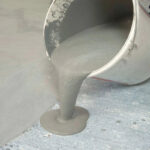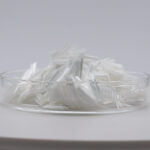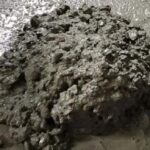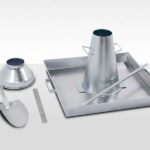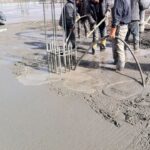Superplasticizers are chemical admixtures that are added to concrete to improve workability and fluidity while maintaining strength and durability. They are known as high-range water reducers as they may significantly reduce the water content of concrete while retaining its flowability. Superplasticizers disperse cement particles and reduce surface friction between the particles and the mixing water. They lower the viscosity of the slurry, making them easier to flow and allowing the concrete to be placed and cemented more efficiently.
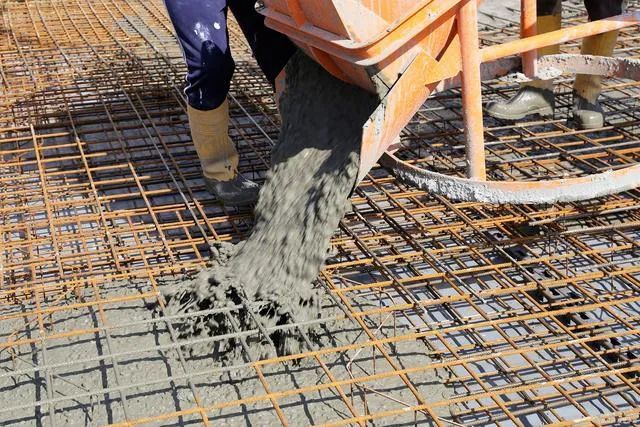
Superplasticizers are frequently employed in the production of high-strength concrete and self-consolidating concrete, where the concrete must be placed in small areas or around complex reinforcing structures. The superplasticizer's dosage depends on the cement type and the desired level of workability. The dosage is typically expressed as a percentage of the weight of the cement and the recommended dosage ranges from 0.5% to 3% by weight of the cement. The superplasticizer is added to the concrete mixture during the mixing process, typically after adding water and cement. The mixing time should be adjusted to ensure proper dispersion of the superplasticizer in the mixture.
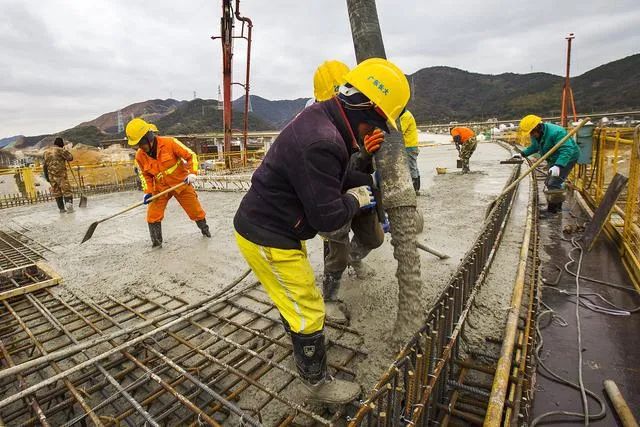
The experience show that the efficiency of the superplasticizers depends on the following parameters:
- Quantity of solids present
- Quality of the solids
- The length of the molecular chains
- The amount of impurities that are present
- The amount of residual sulphates present
Superplasticizers providing such benefits as:
- increased density
- improved bond strength
- greater volume stability and reduced shrinkage cracking
- increased abrasion resistance
- decreased permeability
- reduced segregation and bleeding
- higher early and ultimate strength
Learn more about superplasticizers and other cement and concrete additives. Check out our other articles. You can also contact us by email. I hope I can help you.


